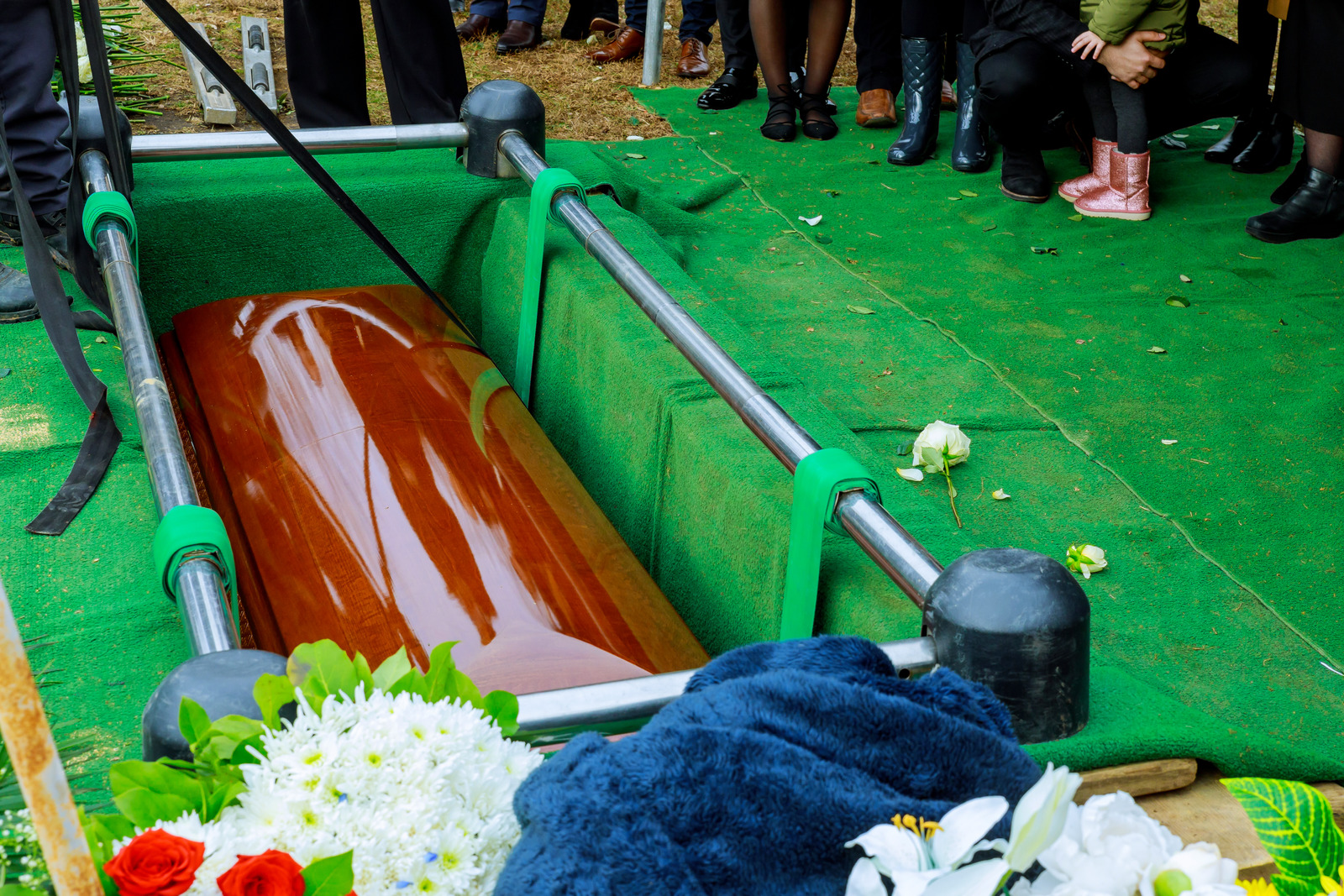
Planning a funeral can be an emotional and overwhelming process. However, with careful preparation and support, you can create a meaningful and personalized farewell for your loved one. In this step-by-step guide, we will outline the key stages involved in planning a funeral, helping you navigate this difficult time with compassion and respect.
1) Notify and gather support
When a loved one passes away, begin by notifying immediate family members and close friends. Reach out to trusted individuals who can provide emotional support and assist you throughout the funeral planning process. Share the news with relevant parties, such as employers or organizations, to make necessary arrangements. Having a support system in place will help alleviate some of the burden and allow you to focus on the necessary tasks.
2) Choose a funeral home and director
Select a reputable funeral home that aligns with your needs and values. Meet with the funeral director to discuss your preferences and gather information about available funeral services Auckland. They will guide you through the legal requirements, assist with paperwork, and offer advice on various funeral options, including burial or cremation, caskets, urns, and memorial services.
3) Determine the funeral type and logistics
Decide on the type of funeral or memorial service you envision. Consider factors such as cultural or religious customs, personal preferences, and budget. Discuss the desired location, date, and time with the funeral home. Coordinate details such as transportation for the deceased, seating arrangements, audio-visual presentations, music, readings, and speakers.
4) Personalize the ceremony
Create a personalized ceremony that honours the life and memory of your loved one. Consider their hobbies, passions, and achievements when selecting readings, music, or rituals. Include eulogies or speeches from family members or close friends who can share heartfelt stories or memories. Display photographs, memorabilia, or a tribute table that represents their life journey. Personal touches can provide solace and help attendees celebrate and remember the unique individual your loved one was.
5) Communicate and invite attendees
Inform family, friends, colleagues, and community members about the funeral arrangements. Utilize various communication channels such as phone calls, emails, social media, or newspaper announcements. Include relevant details such as the date, time, location, and any specific requests or instructions. Consider creating an online obituary or memorial page where people can leave messages and share their condolences.